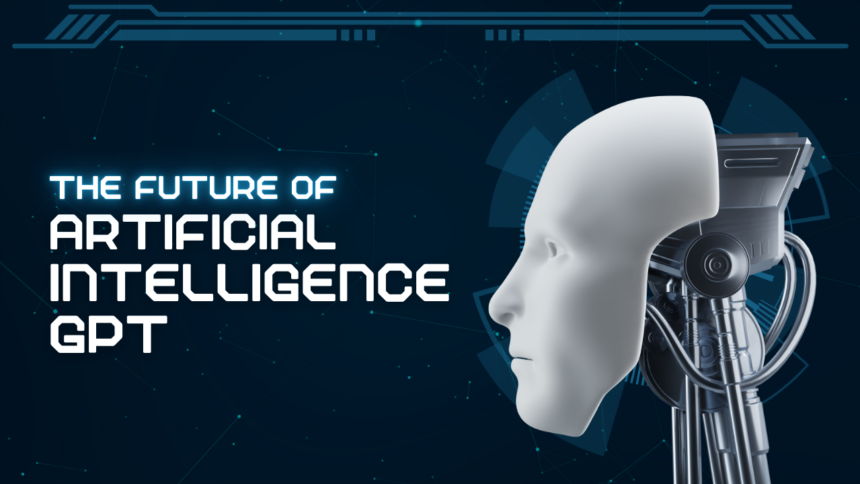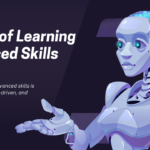I remember the first time I used GPT to write a cover letter. I wasn’t sure what to expect, but I was curious. I typed in a few details, hit enter, and watched it spit out something that actually sounded… better than what I would’ve written on my own. That moment hit me hard.
If this tool could write like that now, where was it going next?
Fast-forward a bit, and now GPT can write code, summarize articles, brainstorm business ideas, answer tough questions, and even hold a decent conversation. And we’re still early in the story.
So what comes next? Let’s look at what might be around the corner and what that could mean for people who use, build, or just keep a curious eye on AI.
Smarter, Faster, and Way More Personal
One thing that’s almost guaranteed: GPTs are going to get faster at understanding context. Right now, they’re already pretty good at keeping track of a chat. But in the future, expect them to remember preferences, writing styles, and maybe even specific projects you’re working on without needing to be reminded every time.
Imagine logging in and your AI assistant already knows you’re working on a product pitch. It pulls up your last draft, suggests updates, and maybe even recommends competitors to watch all before you ask.
We’re not that far from that kind of experience.
Smaller, More Specialized Models
Today’s GPTs are massive. They’re trained on everything from recipes to legal contracts. But there’s growing interest in models that do one thing really well.
Think about a version of GPT trained only on medical info, or one that focuses on software development best practices. These tools won’t try to answer everything but what they do answer will be sharper, clearer, and easier to trust.
This could mean fewer one-size-fits-all tools, and more purpose-built AI for different fields, teams, and even individuals.
Trust, Transparency, and the Big “How Does It Work?” Question
Right now, a lot of people use GPT with a bit of blind faith. It works, sure, but how and why it says what it says? That’s a mystery to most folks.
In the near future, you can expect more push for models that don’t just give answers they explain how they got there. Kind of like showing their work on a math test.
That kind of clarity could help people feel more confident using these tools in serious places like law, finance, and medicine where decisions actually affect lives.
The Human + AI Team-Up
There’s a lot of talk about AI taking over jobs. But what’s more likely in the short term is something else entirely people teaming up with AI to get more done.
Writers using GPT to brainstorm outlines. Developers debugging code with help from a bot. Designers using AI to test layout options in real-time.
It’s not about replacing talent. It’s about giving smart people tools that speed up the slow, repetitive parts of creative work so they can focus on the parts that matter most.
Some Things Might Get Weird
Let’s be real not every future use of GPT will be great. There will be challenges with misinformation, spam, and low-effort content flooding the internet. Sorting real from fake will get trickier.
We’ll probably need tools that can spot AI-written material, or platforms that make it clear when a bot is behind the words. That kind of transparency might become a feature, not just a nice-to-have.
What This Means for You (Yes, You)
If you’ve already played with GPT, you’re ahead of the curve. But the best way to keep up? Keep experimenting. Use it for work. Use it for side projects. See what clicks.
The more you explore, the more you’ll find ways to make these tools useful without getting lost in the noise.
The future of GPT isn’t just about what it can do it’s about how people like you shape it through real-world use.


